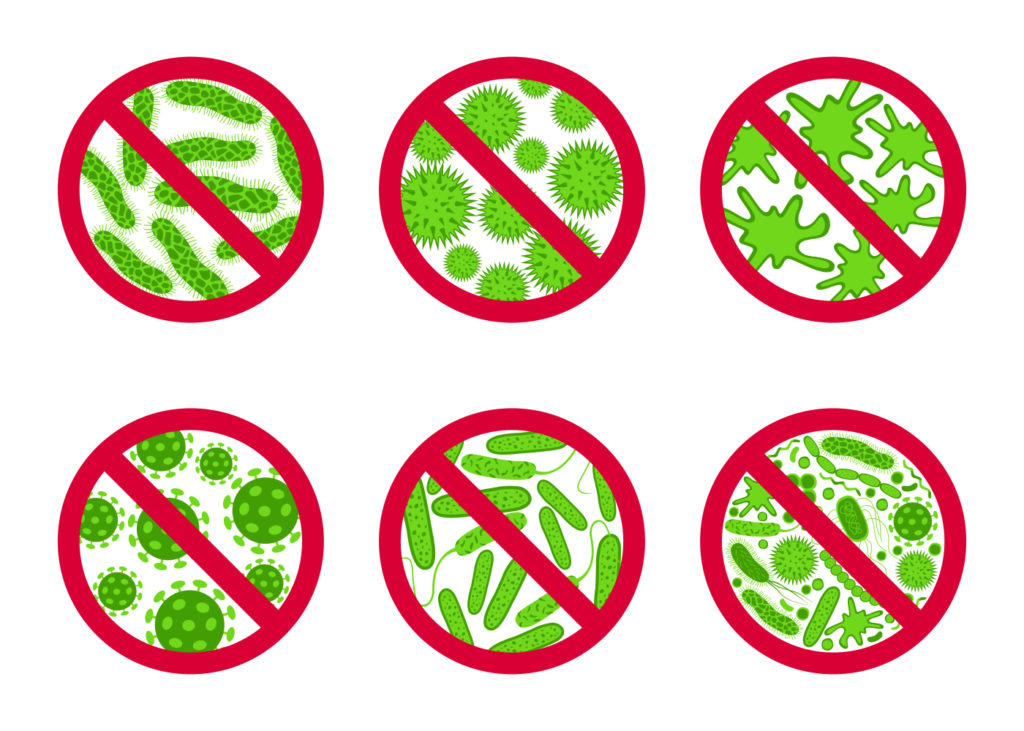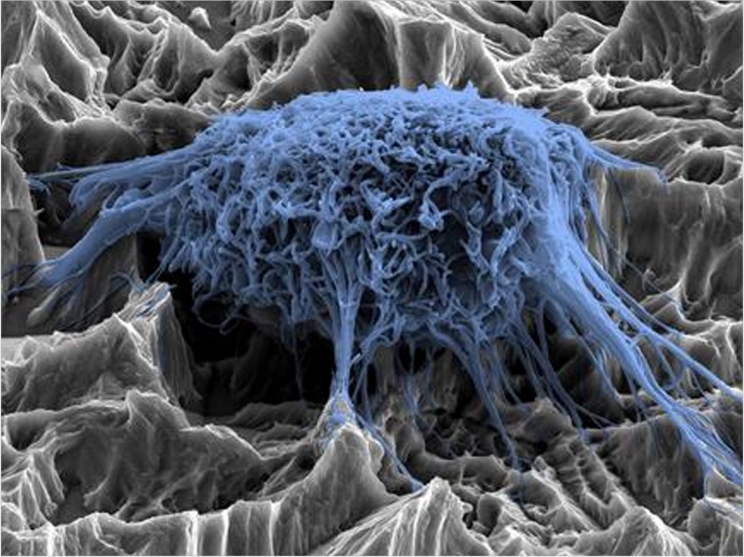Jan 28th 2021
Precious Metals Being Used to Kill Airborne Microbes
For most people, jewelry is probably the first thing that comes to mind when we hear antimicrobial precious metals. For some others, the first thing that comes to their minds is currency. Either way, you're right. However, precious metals like gold, platinum, copper, and silver have several uses in today's world, from electronics to medical applications.
Many postulated that nanoparticle constructs from noble/precious metals have antimicrobial potentials, especially silver and copper nanoparticles. Hence, copper and silver are two of the most used precious stones in the medical field. They both belong to a particular class of noble metals known as antimicrobial precious metals.
In this article, we’ll look at why copper and silver are used for medical purposes and mainly how they help fight airborne microbes, especially in light of the current pandemic.
Medical Application of Copper
A group of workers employed in a copper smelter in Paris all survived cholera outbreaks in 1832, 1849, and 1852. Another set of workers on the same street, working with copper, survived the disease too. Therefore, Victor Burq, a physician, was led to suggest that these workers' survival was connected to the copper smelting, which somehow gave them immunity against cholera.
Burq then launched an investigation into the behavior of people working with copper around the world. He concluded that copper could prevent cholera and other diseases but could not establish what makes it useful in fighting germs. Modern science, however, continued this research and was able to make progress with Burq’s initial postulation.
Why Copper is Great at Fighting Germs
The oligodynamic effect was discovered at the end of the 18th century, precisely 1893. It refers to the toxic effects of
heavy metals like copper on living cells, including algae, fungi, eukaryotic and prokaryotic organisms, viruses, and bacteria.
In research conducted in 1973 at Battelle Columbus Laboratories, it was found that copper, even when available in small quantities, can inhibit a wide range of harmful microbes.
According to studies, copper can destroy harmful microbes like the virulent strains of e.coli, norovirus, some airborne infections, and coronaviruses. It can also destroy the coronavirus's strain responsible for the current COVID-19 virus.
Viruses and Bacteria cannot survive long on copper surfaces as copper releases ions, which are electrically charged particles. The ions destroy the microbes by finding their way through their cell membranes.
Copper inhibits microbes, such as Candida utilis, Tubercle bacillus, and Bacillus megaterium with concentrations from 0.04g/L, 0.02 – 0.2g/L 10g/L, respectively.
Aresearch carried out by researchers at the National Institutes of Health Virology Laboratory showed that the strain of the virus responsible for the current COVID-19, SARS-COV2, lasted only four hours on copper surfaces, the shortest among the seven different materials tested.
Due to these findings, it is advisable to install copper in public spaces, transportation, hospitals, and other places where the virus can easily spread.
The current pandemic has also necessitated the compulsory use of face masks in most countries. Therefore, researchers should look into precious metal use in masks, antimicrobial copper.
The antimicrobial mechanisms are complex, taking place both inside the cells and in the interstitial spaces between them. Notable molecular activities observed by researchers include:
●Radicals formed by copper complexes inactivates viruses.
●Copper can alter the three-dimensional protein structure such that the process alters its normal function. The result is the inactivation of viruses and bacteria.
●The antimicrobial property of copper allows it to attack the overall structure of the flu strain, H1N1, the avian strain, H5N1, and the 2009 swine flu (H1N1), indicating that it has a wide-spectrum effect.
●Copper is required to aid some chemical reactions in microbes. However, excess copper tends to affect the enzymes in microbes, thereby breaking down their activities.
Medical Application of Silver
Silver is another excellent antimicrobial precious metal with broad-spectrum antibacterial properties. However, it isnot used in oral medications, but it is a great tool against bacterial infestation when integrated into medical instruments.
Silver sulfadiazine is a topical antibiotic used to prevent infections in burn injuries. Several medical dressings use antimicrobial silver due to its biocidal property. According to studies, medical dressings containing silver tend to provide faster healing than those without silver. Therefore, there's a reduction in the need to continually change the dressing and consequently save the treatment cost.
Silver can also be used in catheters to improve efficiency. Findings have shown that silver-alloy hydrogel urinary catheters can curb urinary tract infections caused by the continual use of catheters.
Why Silver is Great at Fighting Infections
Silver's antimicrobial property also comes from the fact that it ionizes just like copper. The silver ions irreversibly destroy enzymes that promote the microbes' cell membranes' growth.
Introducing electric current to silver ions can also improve fighting germs and infections.
Silver also has a zombie effect that makes it aneffective antiseptic.
How Copper and Silver Act as Biocides
Biocides are chemical compounds intended to destroy, inhibit and render harmful microorganisms harmless. Biocides, sometimes interchanged with pesticides, work effectively with copper and silver ions. Hence, they are introduced into water channels to disinfect the water.
It is important to note that the metal's concentration in the water is worthy of consideration. If the copper and silver concentration in the water is too low or the particle size is too big, the biocide becomes ineffective against microbes. However, copper and silver's concentration should also not be excessive but should comply with the Biocidal Product Regulation (BPR).
The Technique Behind Copper and Silver Ionization
Microorganisms require their exterior cell membrane for proper functioning. These cell membranes embody electrical charges. For some of these microorganisms, like E-coli and legionella, the cell membranes are of negative charge. The ionization of copper and silver in water introduces positively charged ions into it, attracting the oppositely charged negative ions of the microorganisms.
Copper ions then burst through the microorganisms' membrane walls, with silver adhering to the cell nucleus, thereby stopping the bacterial growth. The constant presence of the silver and copper ions in the water discontinues the microorganisms' life cycles.
The ionization properties of copper and silver make them suitable precious metals used in filters and pipes.
Conclusion
Metal-based antimicrobials can provide a sustainable solution to infection management and overall health care. Antimicrobial precious metals show promising potentials in the fight against airborne infections.
With the increasing reports of infections and multidrug-resistant bacteria, it is important that new measures are adopted and new antimicrobial formulations formed. Copper, silver, and some palladium, platinum, and gold compounds have appeared to possess effective antimicrobial properties, and it’s time we took advantage of these.
Silver's antibacterial property makes it suitable for use in wound dressings; copper should be used on high-touch surfaces like railings and doorknobs. Gold and palladium can also be used in coating catheters to prevent urinary infections. Therefore, this article recommends that concerned sectors harness these metals' microbial properties to fight infections and improve healthcare quality.



